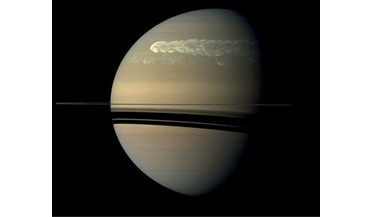 16 August 2021
Saturn's rings help reveal the planet has a "fuzzy" core
16 August 2021
Saturn's rings help reveal the planet has a "fuzzy" core
... second biggest planet in the Solar System, does not have a metallic core enveloped by liquid metallic hydrogen inside a layer of liquid hydrogen, but instead has a fuzzy or diffuse centre without clearly defined boundaries; a finding which could...
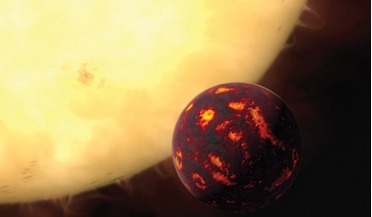 March 2017
Twinkle - a mission to unravel the story of planets in our galaxy
March 2017
Twinkle - a mission to unravel the story of planets in our galaxy
...allow detections of all the expected atmospheric gases, including water vapour, carbon dioxide, methane, ammonia, hydrogen cyanide, hydrogen sulphide, as well as exotic metallic compounds such as titanium monoxide, vanadium monoxide and silicon oxide...
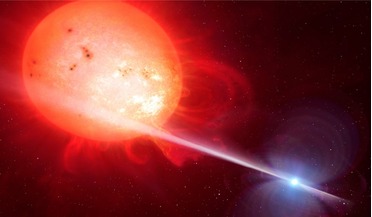 September 2017
Binary stars and their extraordinary lives
September 2017
Binary stars and their extraordinary lives
... run out of nuclear fuel, they explode as the peculiar, hydrogen-free type Ib and Ic supernovae, and may cause long gamma...star evolution, smaller-mass stars ignite helium deep within their hydrogen-rich envelope. If this envelope is removed by binary ...
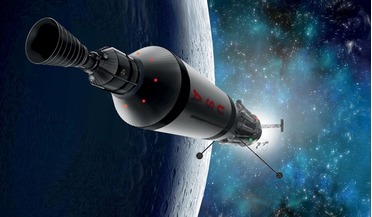 January 2018
Creating a viable cislunar economy
January 2018
Creating a viable cislunar economy
...term use is as propellant. Water’s constituents, oxygen and hydrogen, when separated and liquified, are the most efficient chemical ... the need for any fluid commodities other than liquid hydrogen and liquid oxygen propellants. In addition, ULA has ...
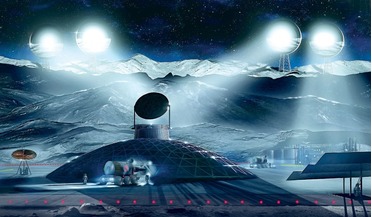 October 2018
Mining the Moon for fun and profit
October 2018
Mining the Moon for fun and profit
...5-10 percent range. Water’s constituents, oxygen and hydrogen, when separated and liquified, are the most ...processing system which purifies the water and splits it into hydrogen and oxygen, followed by liquification into propellants. There is ...
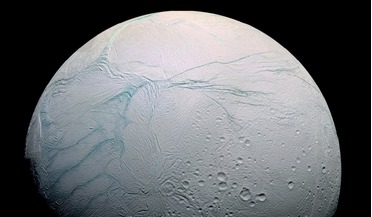 October 2018
Looking for life on Enceladus with IceMole
October 2018
Looking for life on Enceladus with IceMole
... have to be charged, preferably a short time before start of operations in order to minimise issues with the storage of pure hydrogen and oxygen. Schematic illustrating current knowledge of the small-scale physical and thermal structure and processes...